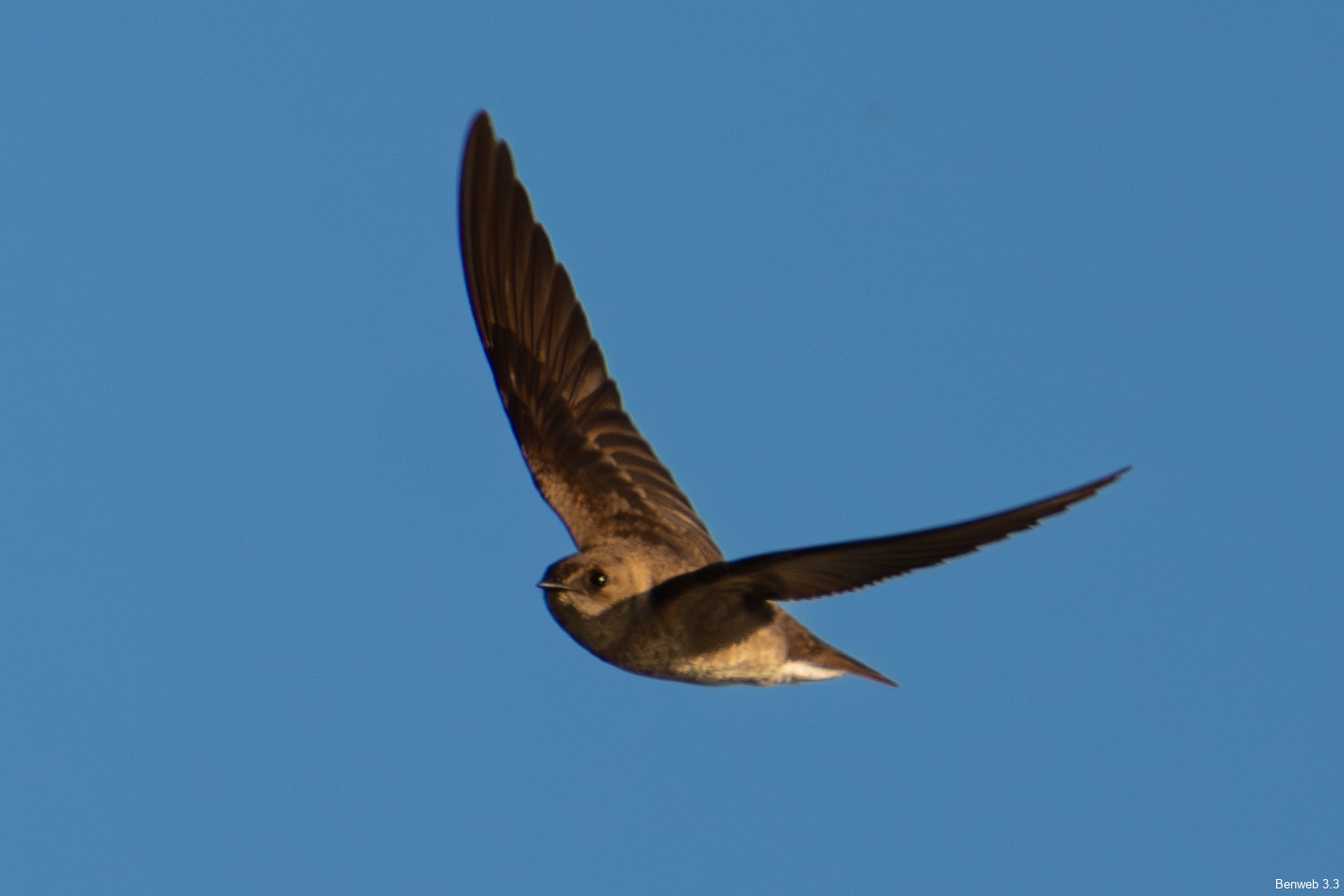When we first arrived in Florida ten years ago, we didn’t venture very far from our new home. Like any transplanted organism, we needed time to put down roots, learn our way around, understand our new situation. So for about a year, we didn’t go farther north than West Palm Beach or farther south than Fort Lauderdale. But one place we went frequently was the Loxahatchee National Wildlife Refuge, the last remaining section of the Northern Everglades, west of Boynton Beach.
At Thanksgiving of that year we were visited by the first set of relatives: two of our favorite aunts (oh, come on, every aunt is our favorite!), and we decided to take a tour of the canoe trail out at the refuge. It’s one of the few places I know in south Florida where you can truly feel isolated from the urban scene. It’s possible (though not guaranteed) to not hear a car, boat, or plane engine for tens of minutes at a time out there.
The trail takes you through (what else in the Everglades but) mile after mile of sawgrass. There are a few haulouts along the way where you can rest if need be. You meet gators and night-herons, green herons and fish. It really does put me in mind of of the primitive state of the state, back before the wading birds and waterfowl were shot out of the skies, back before the Carolina Parakeets squawked their last, before the Ivory-billed Woodpecker was extirpated from north Florida’s Singer Tract. Spiderwebs festoon pond apple trees (and unwary or inexpert canoeists); the same trees drip with spanish moss; wintering yellowthroats chip from the sedges (despite the name, sawgrass is technically a sedge: “sedges have edges”). In a word, it’s restful.
About halfway through our three-hour tour, we witnessed the largest assembly of wild animals I’ve ever laid eyes on (and I’ve seen giant flocks of thousands of wintering waterfowl up at Merritt Island, and nearly the entire North American population of Swallow-tailed Kites as they assemble near Lake O in July and August before lighting out for South America). The animals in question were Tree Swallows; they overwinter down here like human snowbirds. Millions of birds, it seemed (certainly dozens of thousands, if not hundreds of thousands) flocked over our heads, swooping past us with all speed and aerobatic maneuvers. Armed with only a point-and-shoot film camera (we wouldn’t make the transition to digital photography for two or three more years), we were only able to record a little bit of the event, but even that little bit is something to see. Here are a few photos of those amazing few minutes:
Northern Rough-winged Swallow, Atascadero Lake, March 22, 2024
Unfortunately the images fail to convey the wonder of that event, either its extent or its duration. It seems like many fewer birds showed up on film than were there in real life. Multiply the number of birds you see in the photos by about 10 and you’ll have an idea of just how many birds zoomed over our heads out there.
Anybody want to go canoeing?
Related Images:
no images were found

